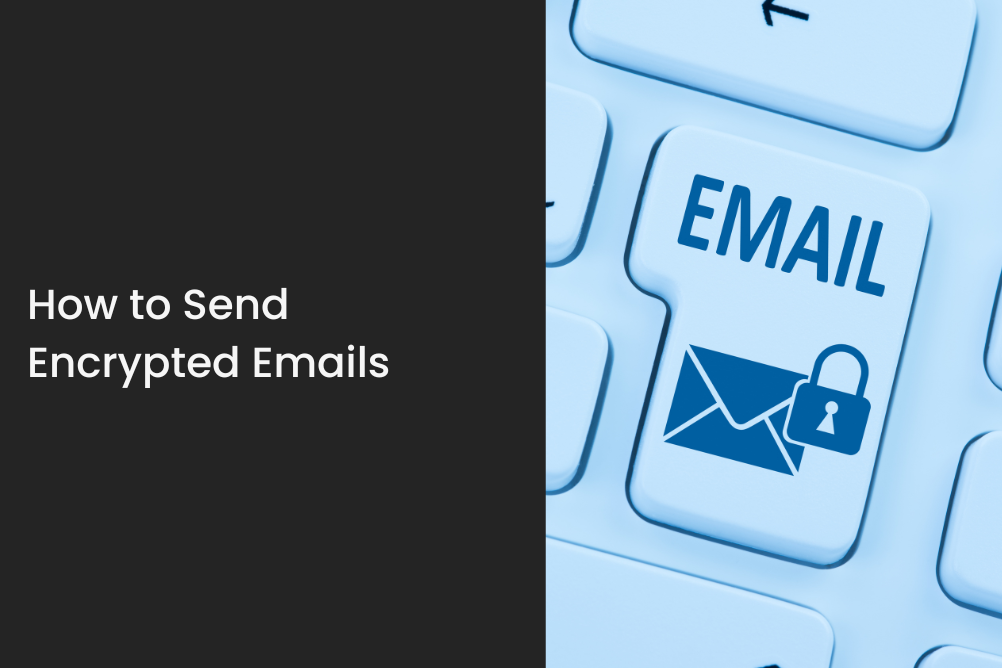Let’s get this straight from the start – email is not secure. One of the most popular tools for sharing documents with colleagues, co-counsel, and friends due to its ability to swiftly send and receive information and yet it can’t protect that information. Why is that? Email has been around since the late 70s and continues to be a prominent tool for file-sharing, due to email services like Google Mail, Outlook, etc. but when it comes to security, it hasn’t kept up with the times.
Cyberattackers have exploited email’s lack of security to target users. In fact, 94% of malware attacks are delivered via email and attempt to steal personal information through malicious links and prompt users to divulge information under false pretences. Additionally, as an email travels between servers, it can be intercepted with a DDoS attack before reaching the final destination.
If you work in highly regulated industries such as legal, finance, or government – you understand how important it is to keep the information you share, confidential. That’s where encryption comes in. In this article, we’ll explain the importance of encryption and how to encrypt emails.
Why Encryption is Important
Email encryption is an essential tool for individuals and organizations that want to ensure the confidentiality and privacy of their communications. Encryption prevents unauthorized access to emails by converting information or data into a code or cipher. In the event that a cyber attacker intercepts your email, the contents within it are useless since they are unreadable code. Only the intended recipient has the “encryption key” which can unscramble the message and read the original contents.
Encryption is important for protecting against phishing attacks and email fraud. It prevents malicious actors from gaining access to your sensitive information and using it for blackmail, financial gain, and worse. It’s a simple technique and can save your business – here’s how:
Encryption Techniques
There are various techniques for email encryption, including symmetric-key encryption, public-key encryption, and hybrid encryption.
- Symmetric-key encryption uses a single key to encrypt and decrypt the message. The key is shared between the sender and the recipient, and both parties must have the same key to read the message.
- Public-key encryption, on the other hand, uses two keys – a public key and a private key. The sender uses the recipient’s public key to encrypt the message, and the recipient uses their private key to decrypt the message. Public-key encryption is more secure than symmetric-key encryption since the private key is kept secret and cannot be shared.
- Hybrid encryption combines symmetric-key encryption and public-key encryption. In hybrid encryption, the message is first encrypted using a symmetric key, and then the symmetric key is encrypted using the recipient’s public key. This method combines the speed and efficiency of symmetric-key encryption with the security of public-key encryption.
Let’s be honest, some IT professionals may be reading this article but not every reader is tech-savvy. Luckily, encryption does not require much skill. There are tools in place to help make the process easier.
Encryption Tools
There are various tools available for sending encrypted emails, including email clients with built-in encryption features, web-based email encryption services, and third-party encryption software. Here are some of the most popular encryption tools:
- GPG (GNU Privacy Guard) – GPG is a free and open-source encryption software that uses public-key encryption to secure email messages. GPG works with various email clients, including Microsoft Outlook, Apple Mail, and Thunderbird.
- ProtonMail – ProtonMail is a web-based email service that offers end-to-end encryption. ProtonMail encrypts the message on the sender’s device, and the message can only be decrypted by the recipient, ensuring that no one else, including ProtonMail itself, can read the message.
- Tutanota – Tutanota is another web-based email service that offers end-to-end encryption. Tutanota uses both symmetric-key and public-key encryption to ensure that messages are secure.
How to Send Encrypted Emails with GPG
Here are the steps to send an encrypted email using GPG:
- Install GPG on your computer.
- Generate a pair of public and private keys using GPG.
- Share your public key with the recipient.
- Ask the recipient for their public key.
- Import the recipient’s public key into GPG.
- Compose your email message as usual.
- Click on the encrypt button in your email client.
- GPG will automatically encrypt the message using the recipient’s public key.
- Send the email.
Encrypted Email Alternative
Although beneficial, using an encryption tool requires a time investment and poses a potential learning curve. For the time-sensitive professional, there’s a much better alternative on the market. Secure File Sharing services, such as TitanFile, come with automatic encryption so that files are automatically encrypted once uploaded. Additionally, all documents are protected in transit, at rest, and end-to-end for optimal protection.
If you’re hesitant to download new software, TitanFile’s Outlook integration automatically encrypts email sent via Outlook. Simply:
- Create a TitanFile account (free 15-day trial, no credit card required)
- Download the Outlook plugin
- Open your Outlook and send an email!
Not only is it simple, fast, and secure but you can also bypass email file size limitations with TitanFile’s Outlook plugin.
